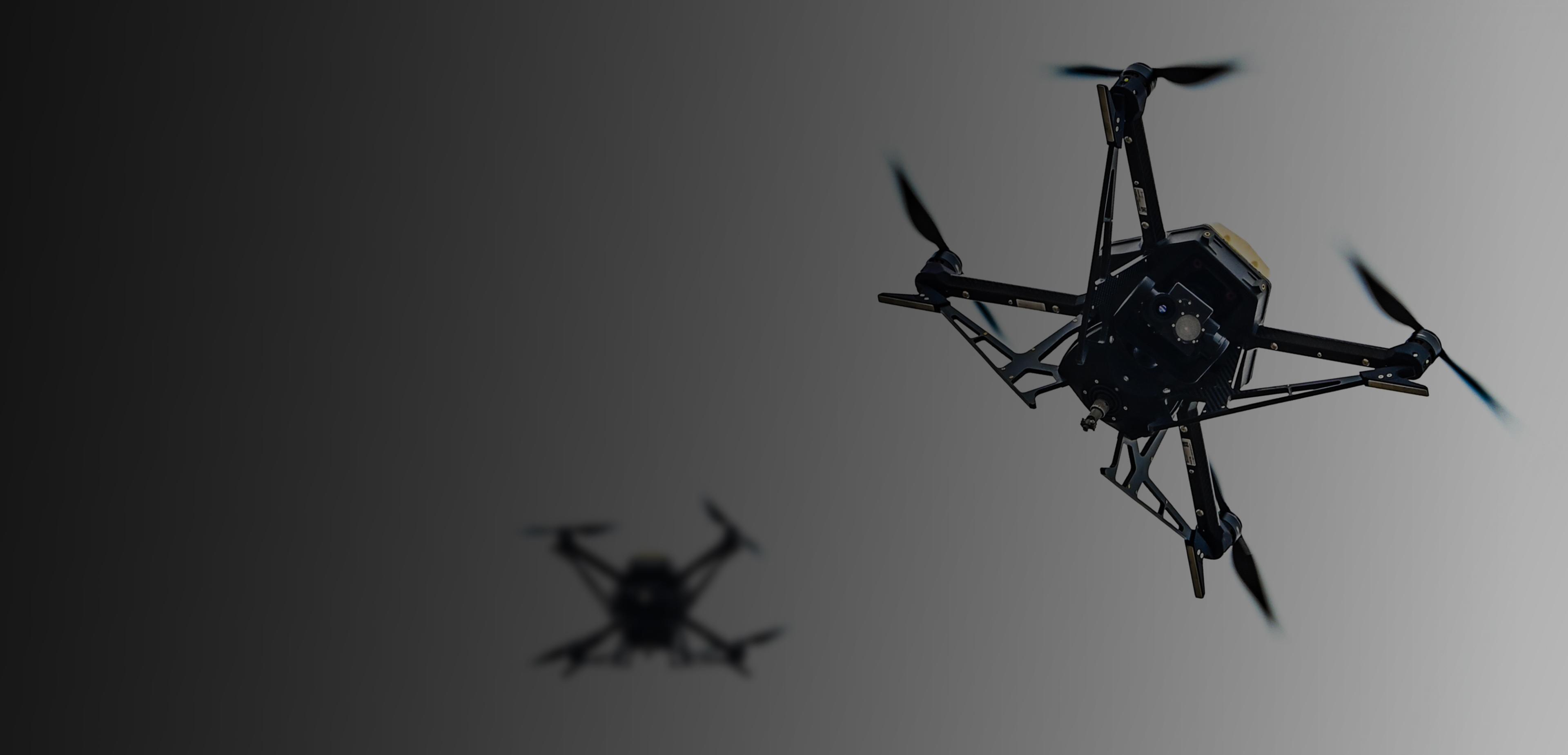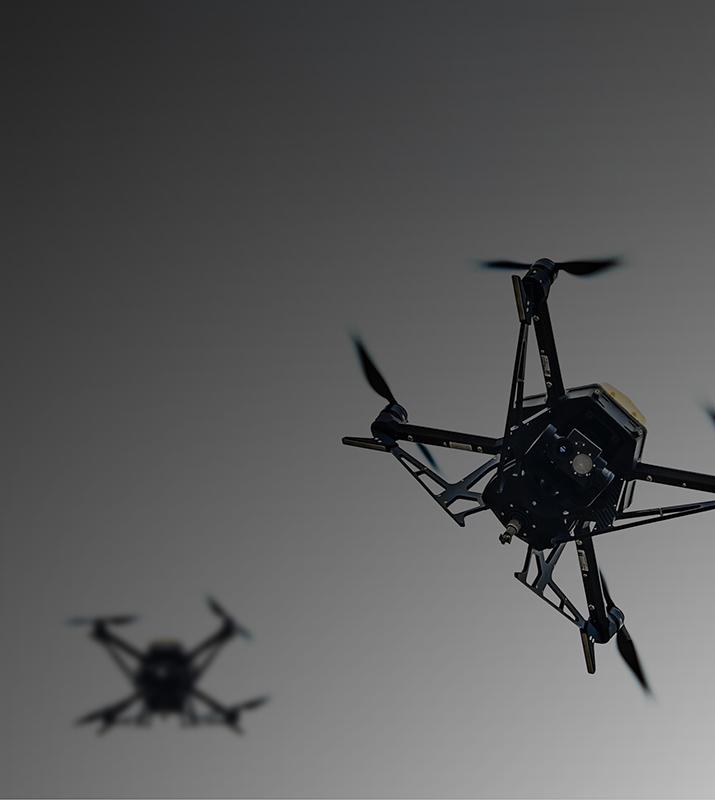

Defeating Dark Drones: How CACI’s SPaRK helped CENTCOM better target and track drones that don’t emit a signal
CACI Case Study
Unmanned aerial system (UAS) capabilities continue to evolve around the world, posing thorny problems for deployed U.S. forces. Increasing autonomy, use of AI, and swarming tactics have all made UAS more dangerous – with increased concern now focused on the rise of so-called “dark drones.” These stealthy UAS do not emit radio frequency (RF) or traceable signals. As a result, detection often requires multiple sensors and capabilities to detect, monitor, and geolocate these shadowy, fast-moving threats before they strike.
Enter CACI’s SPaRK, a lightweight, silent passive radar kit developed to detect and track aerial manned and unmanned targets in austere expeditionary environments where electronic emissions are often risky.

Passive sensing and the big C-UxS picture
Passive detection is a key tool in defending against low-profile dark drones that evade C-UxS sensors, but it’s just one of many helping deployed forces defeat UAS. The U.S. military is working hard on finding ways to integrate these dissimilar C-UxS, radar, and sensor capabilities into a common operating picture that enables decisions makers to rapidly evaluate and respond to threats.
In late 2024, U.S. Central Command (CENTCOM) and the Army’s 10th Mountain Division hosted Exercise Desert Guardian 1.0 at Fort Drum, New York. The exercise aimed to jump start Army innovation in countering UxS by streamlining methods of identifying, assessing, and reacting to threats. A “proof of concept” event, Desert Guardian 1.0 sought to bring together dissimilar systems and interfaces to see how they could gather all that information into a single operational picture. “Counter-UAS is not just the threat of the future, it’s the threat of the present,” said Schuyler Moore, U.S. CENTCOM’s then-chief technology officer. “For us, the importance of narrowing those screens to as few as humanly possible isn’t just a matter of efficiency, but it’s because it will save people’s lives.”
CACI was invited to bring SPaRK to Exercise Desert Guardian 1.0 where soldiers used a common interface to quickly assess and react to aerial threats. SPaRK had to not only demonstrate passive detection capabilities critical to a holistic drone defense but also prove it could integrate within the larger system.

Shining light on “dark drones”
While conventional active radars can detect many of these stealth UAS threats, their electromagnetic emissions can often tip off adversaries to a C-UxS system’s location. SPaRK processes reflected signals from third-party sources — such as commercial TV broadcast signals — to detect and locate targets, making it ideal for covert operations. Using battery power in austere locations, SPaRK gathers vital intelligence, surveillance, and reconnaissance while safeguarding the operator’s location during sensitive, often clandestine operations.
“SPaRK detects objects using RF energy that already exists in the environment. It uses existing digital TV signals to highlight targets in the air, provide the operator with some situational awareness that then they can feed into another system, maybe an active system if you need to escalate a little bit, and then hopefully into a defeat system event.”
Kelly Bryan
CACI Project Manager
Building true layered UxS defense
During Desert Guardian 1.0, CENTCOM put C-UxS systems to the test in two drone defense scenarios: One within seven kilometers (km) and under 300 feet above ground level, and the other beyond 25 km. SPaRK was evaluated on the less-than-7 km range.
SPaRK successfully detected UAS targets during the event, overcoming challenges such as wind farm clutter. It used its key tools to provide exclusion zones and ensure unwanted UAS “tracks” were not fed into the common operation picture. SPaRK was even able to track a group two drone out to 17 km – the furthest waypoint set up in the exercise – passing it off to an active sensor at last, then sharing data with the common operating picture being monitored in an operations center. CENTCOM personnel successfully tracked the simulated adversary as it came in, and recognized SPaRK’s performance as a great example of how passive detection can enhance UAS defenses in real time.

Staying ahead of the threat
Following SPaRK’s success at Desert Guardian, CENTCOM has invited CACI to participate in Desert Guardian 3.0 this year – an in-theater test of the system’s viability against hard-to-track one-way attack drones. Behind the scenes, the SPaRK team is already enhancing its capability by reducing the system’s size, weight, and power consumption, and expanding integration with other systems. They’re also exploring partnerships to integrate SPaRK with U.S. Special Operations Command and the Department of Defense’s Strategic Capabilities Office.
CACI’s years of experience and deep expertise in sensing, command and control, and C-UxS uniquely positioned it to answer CENTCOM’s challenge to bring together new and dissimilar C-UxS capabilities into a common operating system and enable deployed forces to create a better decision space to respond to fast evolving unmanned threats – before it’s too late.